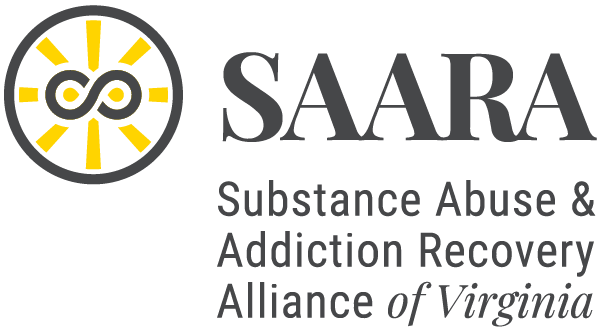Opioid Related Overdose
History of Opioids
In the late 1990s, pharmaceutical companies reassured the medical community that patients would not become addicted to prescription opioid pain relievers, and healthcare providers began to prescribe them at greater rates. This subsequently led to widespread diversion and misuse of these medications before it became clear that these medications could indeed be highly addictive.
What do we know about Opioids?
Roughly 21 to 29 percent of patients prescribed opioids for chronic pain misuse them.
Between 8 and 12 percent of people using an opioid for chronic pain develop an opioid use disorder.
An estimated 4 to 6 percent who misuse prescription opioids transition to heroin.
About 80 percent of people who use heroin first misused prescription opioids.
Among 38 states with prescription opioid overdose death data, 17 states saw a decline between 2017-2018; none experienced a significant increase.
Likelihood of developing an opioid use disorder depends on many factors, including length of time a person is prescribed to take opioids for acute pain, and length of time that people continue taking opioids (whether as prescribed, or misused).
-National Institute of Health

